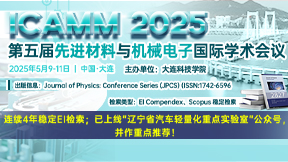英语的词性
更新时间:2021-08-06

英语的词性
英语中的词可以根据词义、语法功能和形式特征分为十大类,即名词,Nouns (n.),代词,Pronouns (pron.),形容词,Adjectives(adj.),数词,Numerals(num.),动词,Verb (v.),副词,Adverbs(adv.),冠词,Articles (art.),介词,Prepositions (prep.),连词,Conjunctions (conj.),感叹词,Interjections (int.)。
1,名词,Nouns (n.) 表示人或事物的名称 box,pen,tree,apple
2,代词,Pronouns (pron.)代替名词、数词、形容词We,this,them,myself
3,形容词,Adjectives(adj.) 用来修饰名词,表示人或事物的特征 good,sad,high,short
4,数词,Numerals(num.)表示数目或顺序 one,two,first
5,动词,Verb (v.) 表示动作或状态 Jump,sing,visit
6,副词,Adverbs(adv.) 修饰动、形、副等词,表示动作特征 there,widely,suddenly
7,冠词,Articles (art.) 用在名词前,帮助说明名词所指的范围 a,an,the
8,介词,Prepositions (prep.) 用在名词或代词前,说明它与别的词的关系 in,on,down,up
9,连词,Conjunctions (conj.) 表示人或事物的名称if,because,but
10,感叹词,Interjections (int.) 代替名词、数词、形容词等 oh,hello,hi,yeah
vt.是及物动词,vt.后必须跟宾语:sing a song
vi.是不及物动词,vi.后不直接带宾语或不带宾语:jump high






















.png)


.png)


.png)

.png)

